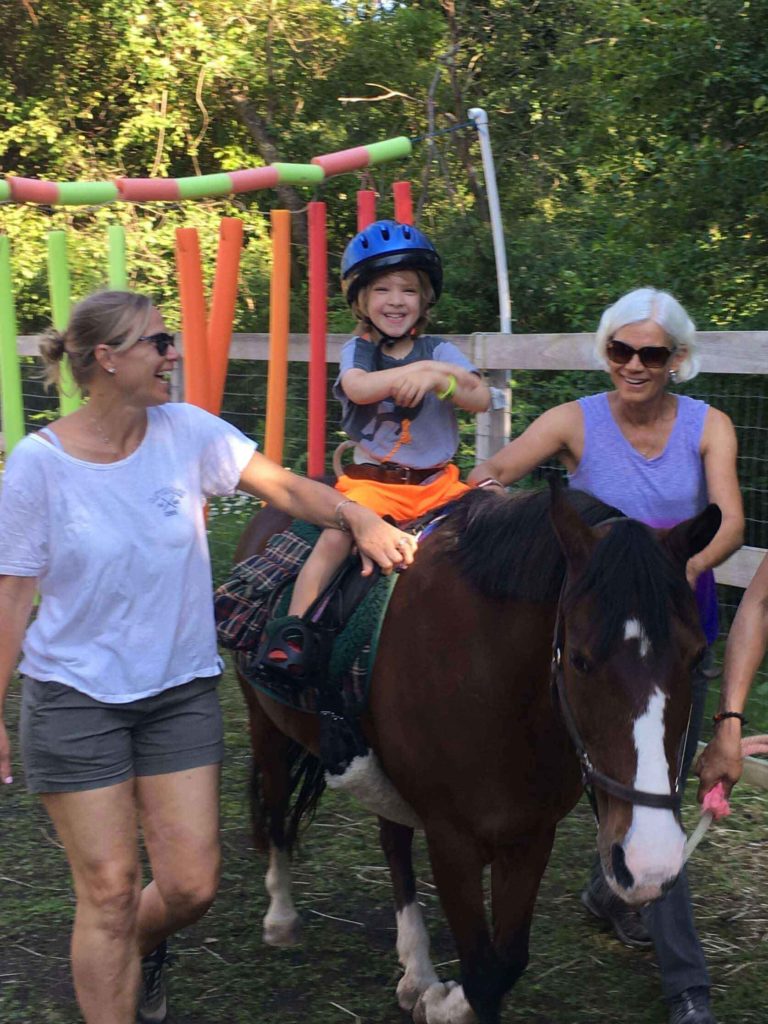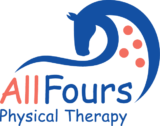Physical Therapy Services
Physical Therapy Services
Physical Therapy Services
After a physical therapy (PT) evaluation, your therapist will determine whether PT services are appropriate and will select optimum therapeutic treatment tools for your plan of care. This may include hippotherapy in addition to traditional therapy strategies such as muscle stretching, balance activities, and a home exercise program.
Hippotherapy
Hippotherapy combines the Greek word “hippos,” meaning horse, and “therapy.” It refers to how physical therapists, occupational therapists and speech language pathologists use the characteristic movements of a horse as a therapy tool to engage the sensory, neuromotor and cognitive systems of clients. It is just one of many effective physical therapy tools and treatment strategies that a therapist may use to help a client reach their goals.
Use of the Horse
A horse’s movements are multi-dimensional and in many ways similar to the movements of a human. On average, the horse takes 100 steps per minute or 3,000 steps during 30 minutes of equine movement. During treatment using hippotherapy, this movement is purposely manipulated by a trained therapist to create appropriate responses according to each client's specific needs. The horse also offers sensory input, particularly proprioceptive, vestibular, tactile and visual, as the client moves through space. This multi-channel input, which happens simultaneously with the bio-mechanical input, helps regulate an otherwise disordered sensory system to improve performance with daily tasks and activities.
Benefits of Hippotherapy as a Treatment Strategy:
- functional mobility and gait
- sitting, standing and dynamic balance
- postural alignment/symmetry and core strength
- functional and cardiovascular endurance
- physical coordination and muscle tone
- gross motor skills
- visual coordination
- respiratory control
- confidence and self esteem


Additional Physical Therapy Treatment Strategies
Neurodevelopmental Therapy (NDT)
A client centered, hands on, 'problem solving approach', neurodevelopmental therapy is used in the management and treatment of children who have disorders of function, movement or postural control because of damage in their central nervous system. The NDT approach also involves managing problems related to the development of the child, including impairments in perception and cognition.
Ocular Motor Therapy (OMT)
Ocular Motor Therapy is used to identify and treat the control and coordination of eye movements. Ocular motor skills include visual tracking and pursuits, convergence, saccades and fluidly crossing midline in the vertical and horizontal planes.
Individualized Home Exercise Program (HEP)
A skillfully and carefully created home exercise program is a set of exercises and/or activities specially prescribed by a physical therapist that help clients progress toward the goals established in their Plan of Care. HEPs are collaboratively created and include teachings for the client and caregivers to address functional and development goals at home and at school.
Manual Therapy
This type of therapy includes mobilization, manipulation, soft tissue techniques, and muscle stretching. A hands-on approach is used to decrease pain and improve range-of-motion and flexibility to stiff joints and muscles in the body.
Affiliations



